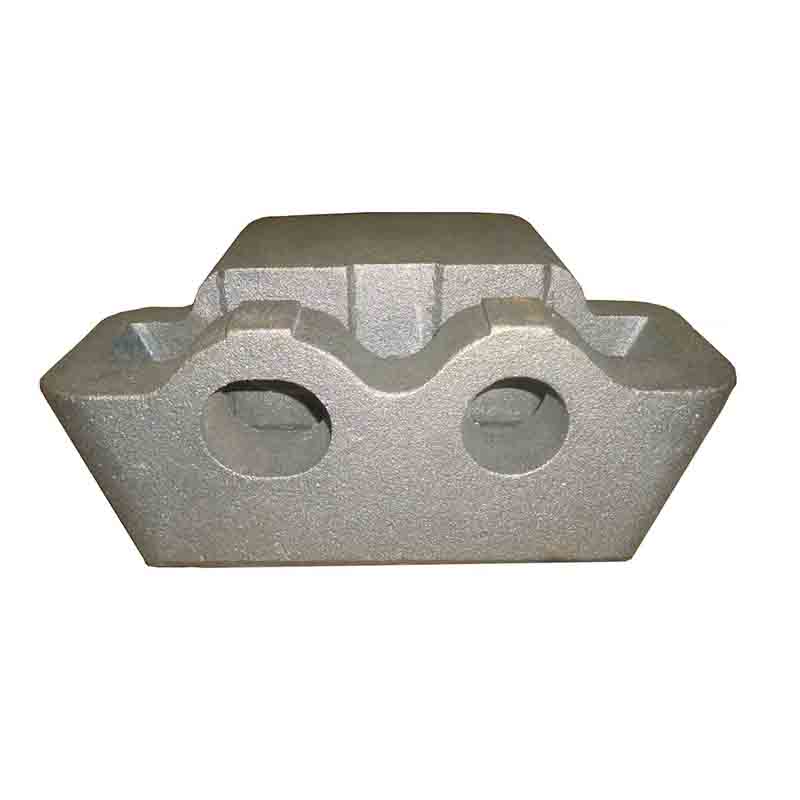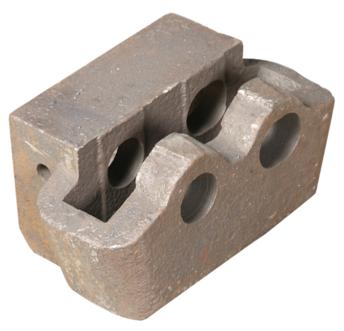- Afrikaans
- Albanian
- Amharic
- Arabic
- Armenian
- Azerbaijani
- Basque
- Belarusian
- Bengali
- Bosnian
- Bulgarian
- Catalan
- Cebuano
- China
- China (Taiwan)
- Corsican
- Croatian
- Czech
- Danish
- Dutch
- English
- Esperanto
- Estonian
- Finnish
- French
- Frisian
- Galician
- Georgian
- German
- Greek
- Gujarati
- Haitian Creole
- hausa
- hawaiian
- Hebrew
- Hindi
- Miao
- Hungarian
- Icelandic
- igbo
- Indonesian
- irish
- Italian
- Japanese
- Javanese
- Kannada
- kazakh
- Khmer
- Rwandese
- Korean
- Kurdish
- Kyrgyz
- Lao
- Latin
- Latvian
- Lithuanian
- Luxembourgish
- Macedonian
- Malgashi
- Malay
- Malayalam
- Maltese
- Maori
- Marathi
- Mongolian
- Myanmar
- Nepali
- Norwegian
- Norwegian
- Occitan
- Pashto
- Persian
- Polish
- Portuguese
- Punjabi
- Romanian
- Russian
- Samoan
- Scottish Gaelic
- Serbian
- Sesotho
- Shona
- Sindhi
- Sinhala
- Slovak
- Slovenian
- Somali
- Spanish
- Sundanese
- Swahili
- Swedish
- Tagalog
- Tajik
- Tamil
- Tatar
- Telugu
- Thai
- Turkish
- Turkmen
- Ukrainian
- Urdu
- Uighur
- Uzbek
- Vietnamese
- Welsh
- Bantu
- Yiddish
- Yoruba
- Zulu
Ιούλ . 31, 2025 00:40 Back to list
Durable Cast Iron Water Main Pipes | Long-Lasting
As urban infrastructure and industrial demands grow, the cast iron water main pipe remains the backbone of reliable municipal and industrial water conveyance systems. This article comprehensively explores cast iron water main pipe technology, including key industry keywords like centrifugally cast iron, centrifugally cast iron pipe, bell and spigot ductile iron pipe, cast drain pipe, cast ductile iron pipe, cast iron conduit, and cast iron heating pipes. Using authoritative data, certification details, process diagrams, user feedback, and comparative analysis, we help engineers, procurement managers, and infrastructure planners make informed decisions in water, petrochemical, and mining sectors.

Trending: Rising Demand for Sustainable Piping Solutions
- Global demand for cast iron water main pipe is expected to grow at a CAGR of 3.2% (2022-2027).
(Source: Market Research Future) - Adoption of corrosion-resistant coatings and advanced casting methods improves service life by up to 50% versus legacy models.
- Energy-efficient water transport and recyclability align with sustainable infrastructure mandates.
1. Cast Iron Water Main Pipe Industry Parameters: Specifications & Comparison
Let's start by comparing industry-standard cast iron water main pipe properties with alternative products on key technical criteria.
| Parameter | Centrifugally Cast Iron Pipe | Bell & Spigot Ductile Iron Pipe | Cast Ductile Iron Pipe |
|---|---|---|---|
| Common Diameter (DN) | 80–1200 mm | 100–2200 mm | 100–1200 mm |
| Wall Thickness | 5–40 mm | 4–32 mm | 4.7–25 mm |
| Material Standard | ISO 2531, EN 545 | ISO 2531, AWWA C151 | EN 1563 |
| Joint Type | Straight / Spigot & Socket | Bell & Spigot | Push-Fit / Flanged |
| Typical Lifespan | 60–100 years | 70–120 years | 60–100 years |
| Corrosion Resistance | Anti-corrosive linings | Zinc/bitumen coatings | Epoxy/ceramic internal coat |
| Testing Standards | ISO 4179, ISO 4633 | ASTM A536, EN 598 | ISO/EN, ANSI |
| Typical Application | Water supply, Drainage | Urban water, Gas | Heating, Sewage |
2. Cast Steel Rail Seat for Scraper Conveyor: Technical Data & Application

One prominent cast iron product is the Cast Steel Rail Seat for Scraper Conveyor in Coal Mining Machinery and Coal Mining Industry.
Product Page:
https://www.casiting.com/cast-steel-rail-seat-for-scraper-conveyor-in-coal-mining-machinery-and-coal-mining-industry.html
- Material: High-strength cast steel or ductile iron, in accordance with ISO 1083, ASTM A536.
- Application: Supports rails of scraper conveyors in underground coal mining, ensuring precise alignment and mechanical stability.
- Manufacturing: Precision casting, CNC finishing, heat treatment for superior abrasion and impact resistance.
- Quality: 100% dimension and mechanical testing (ISO 6506–1, ISO 6508–1)
- Service Life: Designed for 10+ years under heavy-duty cycles
Technical Indicators Comparison: Cast Steel Rail Seat vs. Common Alternatives
- Yield Strength up to 380 MPa (ISO 6892), ~19% higher than ductile iron equivalents
- Hardness ~52 HRC (vs. 39 HRC), enhances abrasive wear resistance for conveyor applications
- Service cycles: 300,000+ cycles observed in field tests
- Corrosion Protection: Zinc-rich primer + Epoxy finishing (ISO 12944 compliant)
3. Manufacturing Process of Cast Iron Water Main Pipe

The process below demonstrates how a cast iron water main pipe is typically made using both centrifugal and static cast methods.
Select superior pig iron & low-alloy steel.
(Raw analysis per ISO 945)
Induction furnace, 1450°C±30°C
Deoxidation strictly controlled.
Molten metal poured in high-speed rotating mold.
Forms even, dense pipe walls.
Carefully controlled cooling (typically 900–950°C) enhances ductility.
CNC finishing (ISO 2768 tolerances), application of internal & external coatings.
100% ultrasonic, hydrostatic pressure test (EN 545: >25 bar).
- Key Material: Grey iron, Ductile iron (ISO 1083, ASTM A536)
- Coating: Epoxy (min. 250 μm), Zinc (min. 130 g/m2) ensures maximum corrosion protection
- Joint Options: Bell & spigot, push-fit, flanged
- Compliance: ISO 2531, EN 545, EN 598, ANSI/AWWA C110/C151/FDA (for potable)
Video: Centrifugal Casting of Ductile Iron Pipes
4. Technical Advantages: Why Select Cast Iron Water Main Pipe?
- Exceptional Durability: Expected lifespan of 60–120 years under standard municipal operation.
- Superior Mechanical Strength: Withstand peak pressures of 25–50 bar.
- High Corrosion Resistance: Dual-layer coatings and advanced lining dramatically mitigate rust and biofouling.
- Energy Efficient: Smooth internal bore (up to 98% flow efficiency) reduces pumping energy requirements.
- Modular Connections: Multiple joint types (bell & spigot, flanged) simplify repair and installation in complex layouts.
- Sustainability: Up to 95% material can be recycled during decommissioning.
Market Share of Pipe Types Used in Water Mains (Global, 2023)
5. Manufacturer Comparison: Cast Iron Water Main Pipe Market Landscape
| Manufacturer | Production Origin | Certifications | Key Customers | Notable Projects |
|---|---|---|---|---|
| Saint-Gobain PAM | France, China | ISO 2531, EN 545, ISO 9001, ISO 14001 | Thames Water, SNCF | London Super Sewer |
| US Pipe | USA | ANSI/AWWA C151, ISO 9001, ASTM A536 | NYC DEP, Houston Water | Houston Transmission Main |
| Casiting | China | ISO 2531, EN 545, API Q1 | China Coal Group, Minmetals | Anhui Coal Conveyor Retrofit |
6. Customization & Engineering Support
Leading manufacturers like Casiting offer end-to-end engineering from product selection (e.g. cast iron water main pipe, cast drain pipe, cast ductile iron pipe, cast iron conduit) to post-installation support. Custom options include:
- Diameter: 80 mm – 2200 mm (DN80–DN2200)
- Wall thickness per project load profile
- Inner lining options: cement, epoxy, ceramic
- Connection: bell & spigot, coupling, flange, "push-fit"
- Surface treatment: Fusion-bonded epoxy, zinc, bitumen
- Application-specific testing: potable water (FDA/NSF), high-pressure (≥32 bar)
- Order-to-shipment time: Standard 3–6 weeks, including full QA documentation
Annual Delivery Volume of Cast Steel Rail Seats (2018–2023)
7. Applications, User Experience & Typical Case Studies
Case: Metropolitan Water Board (Europe)
- Installed: Over 42 km of cast iron water main pipe (DN400–DN800), retrofitted with advanced epoxy lining (2020).
- Application: Urban replacement project, peak flow: 1,800 L/s
- Performance: Reported 38% reduction in leakage incidents, pipeline pressure maintained at >25 bar under variable conditions.
- Maintenance: All bell and spigot ductile iron pipe joints inspected; zero internal corrosion reported over 3 years.
Testimonial
“Switching to high-quality cast iron water main pipe notably decreased our maintenance costs and improved supply reliability. The customized coatings excel during winter freeze-thaw cycles.”
— Senior Engineer, EU Metropolitan Water Board
- Industrial Use: Cast iron heating pipes provide superior thermal stability for district energy networks in harsh climates.
- Mining/Heavy Duty: Casiting’s cast steel rail seat product demonstrates robust performance in abrasive conveyor environments, minimizing downtime.
- Building Drainage: Quiet operation and vibration damping make cast iron drain pipes for sale a preferred choice in multi-floor buildings.
8. Frequently Asked Questions (FAQ)
9. Delivery, Warranty & Customer Support
- Production Lead Time: 21–42 days standard, expedited on request
- Logistics: Sea/rail/road options, with export-standard shockproof packaging
- Warranty: 5–10 years standard against corrosion/deformation under rated conditions
- After-sales: Installation guidance, on-site troubleshooting, urgent part replacement (24–72hr)
- Documentation: Mill test certificates, coating/lining data, custom inspection protocols upon request
Support team available 7x24. For technical advice or a custom quotation, contact: info@casiting.com
10. References & Further Reading
- DTU Denmark: Comparative Study on Pipe Materials (orbit.dtu.dk)
- European Water Journal: "Evolution of Cast Iron Pipe for Water Mains" (euwma.org)
- Piping Engineering Forum (eng-tips.com)
- ISO Technical Standards (iso.org)
-
Premium Cast Iron Water Main Pipe: Durable, Corrosion-Resistant
NewsAug.03,2025
-
Durable Cast Iron Water Mains | AI-Optimized Systems
NewsAug.02,2025
-
High-Efficiency Propane Boiler for Baseboard Heat | Save Energy
NewsAug.01,2025
-
Premium Source Suppliers for Various Gray Iron Castings
NewsJul.31,2025
-
High-Quality Cast Iron Water Main Pipe for Durable Infrastructure
NewsJul.30,2025


